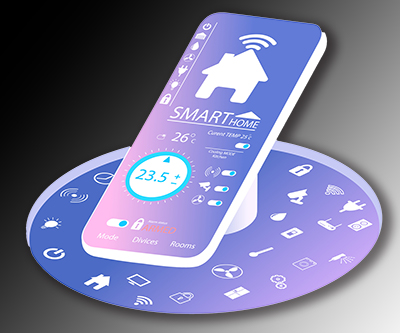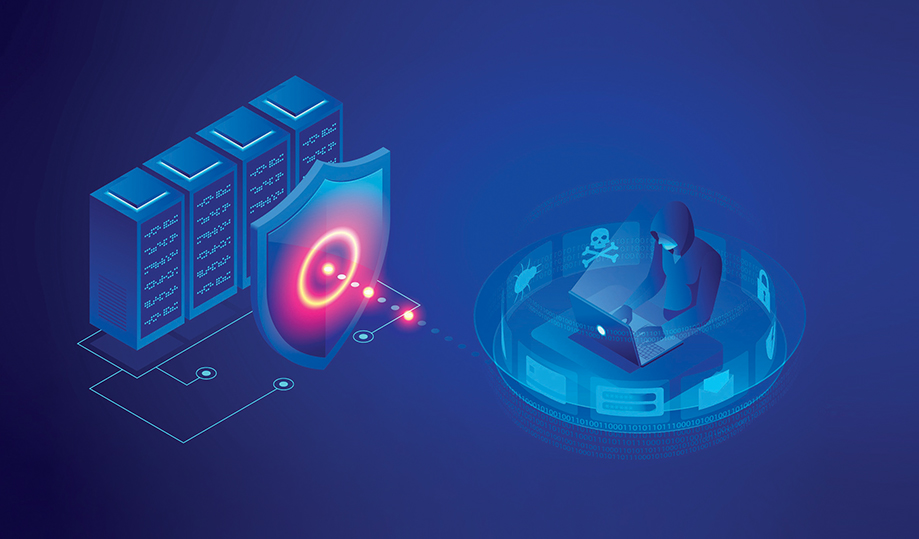More recently, Russia launched cyber-attacks against governments that spoke out against their invasion of Ukraine.
In 2024, China’s cyber-attacks on Taiwan amounted to 2.4 million daily attempts, and Chinese hackers breached a third party for the U.S. Treasury Department that same year.
Like any other business that relies on connected systems and digital infrastructure, HVAC contractors are also vulnerable to cyber threats. With the rise of Smart HVAC systems, remote monitoring, and automated controls, the HVAC industry is increasingly interconnected — and with that connectivity comes risk.
What is Cybercrime?
Cybercrime is any criminal activity involving a computer, network, or digital device. These crimes range from data breaches and ransomware attacks to phishing scams and system infiltrations.
Cybercriminals exploit software, hardware, or human error vulnerabilities to gain unauthorized access to sensitive information or disrupt business operations.
For HVAC contractors, cybercrime isn’t just about stolen credit card information — it can mean losing control over critical systems, compromising customer data, or even becoming an entry point for attackers to infiltrate larger organizations.
How Cyber Attacks Impact Contractors and Customers

The HVAC industry has become a target for cybercriminals for several reasons. Many HVAC contractors work with large commercial clients, including hospitals, data centers, and corporate offices. If an HVAC company’s systems are compromised, it can provide cybercriminals with a backdoor into these critical infrastructures.
One of the most infamous cyberattacks in recent history involved an HVAC contractor. In 2013, Target, one of the largest retail chains in the U.S., suffered a massive data breach that exposed the payment information of 40 million customers. I wrote about this attack in another HVAC trade magazine in 2014.
The attackers gained access to Target’s sensitive data through an HVAC subcontractor with remote access to Target’s refrigeration and HVAC systems. The breach cost Target hundreds of millions of dollars in damages and settlements, highlighting the importance of cybersecurity for all vendors that interact with sensitive systems.
But it’s not just large corporations that are at risk. Small and mid-sized HVAC businesses are also vulnerable. Ransomware attacks — where hackers encrypt a company’s data and demand a ransom to restore access — are becoming more common.
According to a 2023 report from Cybersecurity Ventures, global ransomware damages may exceed $265 billion by 2031!
Many small businesses, including HVAC contractors, lack the resources to recover from such attacks. If that happens you may face the ransom or shutting down operations altogether.
Common CyberSecurity Threats in the HVAC Industry
HVAC contractors face a variety of cyber threats, including:
- Phishing Attacks – Cybercriminals send fraudulent emails or messages that appear to be from legitimate sources to trick employees into revealing passwords or clicking malicious links.
- Ransomware – Attackers encrypt business data and demand payment to restore access, often crippling operations until the ransom is paid.
- Remote Access Exploits – Many HVAC systems are monitored and controlled remotely. If login credentials are compromised, hackers can take control of critical infrastructure.
- Data Breaches – Personal and financial information of customers and employees can be stolen and sold on the dark web.
- Supply Chain Attacks – Hackers use HVAC contractors as a gateway to infiltrate larger organizations, as seen in the Target breach.
Click Below for the Next Page:













Recent Comments